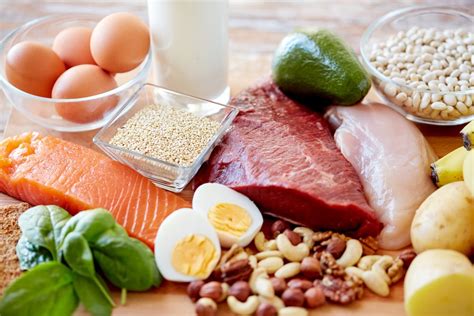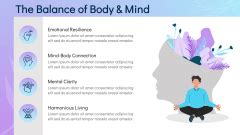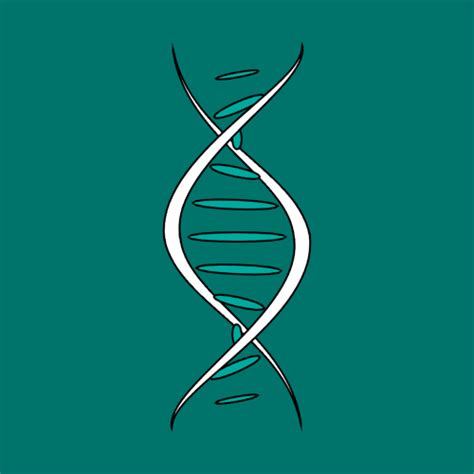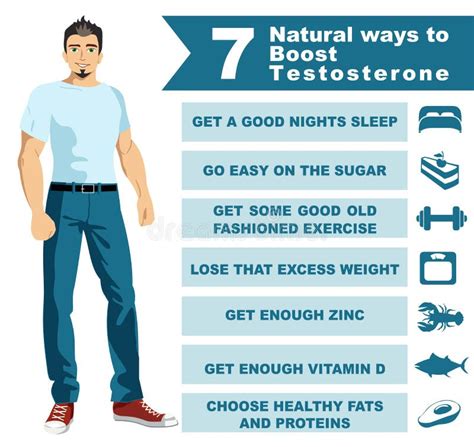Understanding Visceral Fat and Why It Matters for Men
Visceral fat, the deep abdominal fat that surrounds your organs, isn’t just a cosmetic concern. It’s metabolically active and can significantly increase the risk of serious health issues like heart disease, type 2 diabetes, stroke, and certain cancers. For men, often prone to apple-shaped fat distribution, targeting visceral fat is a crucial step towards long-term health. The good news? You can effectively reduce this harmful fat through strategic dietary changes without feeling perpetually hungry.
Prioritize Protein for Satiety and Muscle Maintenance
One of the most effective ways to feel full and satisfied while cutting calories is to boost your protein intake. Protein has a higher thermic effect of food (TEF) compared to fats and carbs, meaning your body burns more calories digesting it. More importantly, protein helps preserve muscle mass during weight loss, which is vital for a healthy metabolism, and keeps hunger pangs at bay.
- Lean Meats: Chicken breast, turkey, lean beef, pork loin.
- Fish: Salmon, tuna, cod, mackerel (rich in omega-3s too!).
- Eggs: A complete protein source, versatile and affordable.
- Dairy: Greek yogurt, cottage cheese (high in casein, a slow-digesting protein).
- Plant-Based: Lentils, beans, tofu, tempeh, quinoa.

Embrace Fiber-Rich Foods
Fiber is your ally in the fight against hunger. Soluble fiber, found in oats, beans, apples, and citrus fruits, forms a gel-like substance in your digestive tract, slowing down digestion and nutrient absorption, which translates to a longer feeling of fullness. Insoluble fiber, found in whole grains and vegetables, adds bulk to your stool, promoting regular bowel movements and overall gut health.
- Vegetables: Load up your plate with non-starchy options like broccoli, spinach, bell peppers, and kale.
- Fruits: Berries, apples, pears (eat with skin on!).
- Legumes: Lentils, chickpeas, black beans.
- Whole Grains: Oats, brown rice, quinoa, whole-wheat bread.

Choose Healthy Fats Wisely
While often feared, healthy fats are crucial for satiety, hormone production, and nutrient absorption. They slow down digestion, helping you feel fuller for longer, and provide essential fatty acids. The key is moderation, as fats are calorie-dense.
- Avocado: A great source of monounsaturated fats.
- Nuts and Seeds: Almonds, walnuts, chia seeds, flax seeds (portion control is key!).
- Olive Oil: Use in cooking or as a dressing.
- Fatty Fish: Salmon, mackerel, sardines (for omega-3s).
Control Portions and Practice Mindful Eating
Even with nutrient-dense foods, excessive portions can hinder your progress. Pay attention to serving sizes and learn to recognize your body’s hunger and fullness cues. Eating slowly, without distractions, allows your brain time to register that you’re full, preventing overeating.
- Use Smaller Plates: A visual trick to make portions seem larger.
- Eat Slowly: Savor each bite; put your fork down between mouthfuls.
- Listen to Your Body: Eat when you’re hungry, stop when you’re satisfied, not stuffed.
- Avoid Distractions: Turn off the TV, put away your phone.

Limit Refined Carbohydrates and Sugary Drinks
Refined carbs (like white bread, pastries) and sugary beverages (soda, sweetened juices) offer little nutritional value and lead to rapid spikes and crashes in blood sugar, leaving you feeling hungry shortly after consumption. They are also notorious for contributing to visceral fat accumulation.
- Swap White for Whole: Opt for whole grains over refined versions.
- Cut Sugary Drinks: Choose water, unsweetened tea, or coffee.
- Read Labels: Be aware of hidden sugars in packaged foods.

Stay Hydrated with Water
Sometimes, what feels like hunger is actually thirst. Drinking plenty of water throughout the day can help manage appetite, boost metabolism, and is essential for all bodily functions. Aim for at least 8 glasses (2 liters) daily, and drink a glass before meals.
Plan Your Meals and Snacks
Preparation is key to consistency. Planning your meals and snacks in advance helps you make healthier choices and avoids impulsive, unhealthy decisions when hunger strikes. Having healthy options readily available prevents reaching for processed foods.
- Meal Prep: Dedicate time to prepare meals and snacks for the week.
- Healthy Snacks: Keep fruits, nuts, Greek yogurt, or vegetable sticks handy.
- Don’t Skip Meals: Regular meals help stabilize blood sugar and prevent extreme hunger.

Conclusion
Reducing visceral fat doesn’t have to mean suffering through starvation diets. By focusing on a diet rich in protein, fiber, and healthy fats, while being mindful of portions and avoiding refined sugars, men can effectively shed dangerous abdominal fat, improve their overall health, and feel satisfied throughout the process. Combine these dietary tips with regular physical activity for the best and most sustainable results.




